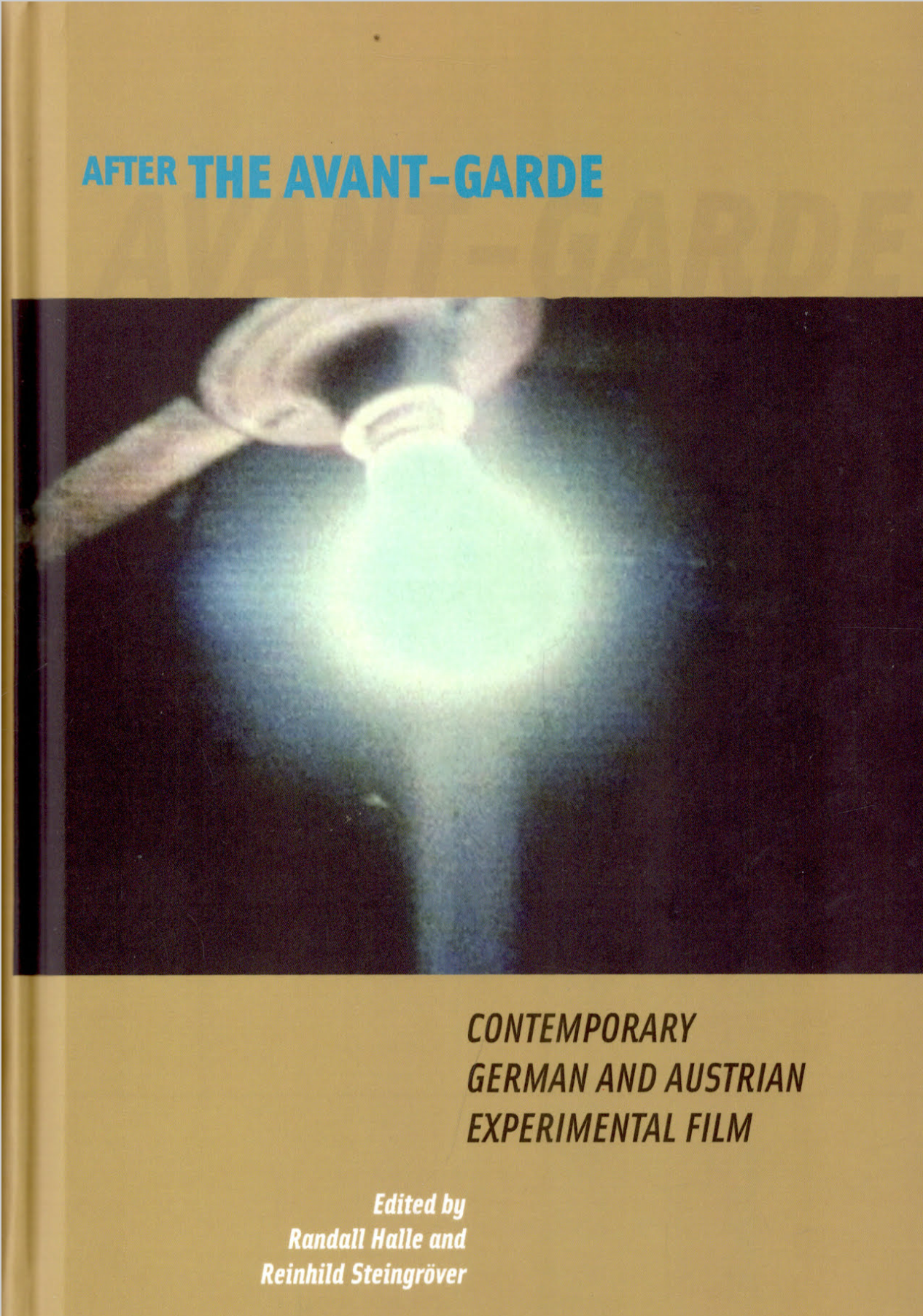Finance and the World Economy in Weimar Cinema
Monograph: Amsterdam University Press (Forthcoming)
After the First World War, the effects of financial crisis could be felt in all corners of the newly formed Weimar Republic. The newly interconnected world economy was barely understood and yet it was increasingly made visible in the films of the time. The complexities of this system were reflected on screen to both the everyday spectator as well as a new class of financial workers who looked to popular depictions of speculation and crisis to make sense of their own place on the shifting ground of modern life. Finance and the World Economy in Weimar Cinema turns to the many underexamined depictions of finance capital that appear in the films of 1920s Germany. The representation of finance capital in these films is essential to our understanding of the culture of the Weimar Republic – particularly in the relation between finance and ideas of gender, nation and modernity. As visual records, these films reveal the stock exchange as a key space of modernity and coincide with the abstraction of finance as a vast labour of representation in its own right. In so doing, they introduce core visual tropes that have become essential to our understanding of finance and capitalism throughout the twentieth century.
Now available:
’Denn Gold ist Glück und Fluch dieser Welt’:
The Gold Standard and the Cinema of Crisis
In Continuity and Crisis in German Cinema 1928–36, edited by Barbara Hales, Mihaela Petrescu, Valerie Weinstein. Rochester: Camden House, 2016.
New essays examining the differences and commonalities between late Weimar-era and early Nazi-era German cinema against a backdrop of the crises of that time.
Hitler's Machtergreifung, or seizure of power, on January 30, 1933, marked the end of the Weimar Republic and the beginning of the Third Reich, and German film scholarship has generally accepted this date as the break between Weimar and Nazi-era film as well. This collection of essays interrogates the continuities and discontinuities in German cinema before and after January 1933 and their relationship to the various crises of the years 1928 to 1936 in seven areas: politics, the economy, concepts of race and ethnicity, the making of cinema stars, genre cinema, film technologies and aesthetics, and German-international film relations. Focusing both on canonical and lesser-known works, the essays analyze a representative sample of films and genres from the period. This book will be of interest to scholars and students of Weimar and Third Reich cinema and of the sociopolitical, economic, racial, artistic, and technological spheres in both late Weimar and the early Third Reich, as well as to film scholars in general.
Contributors: Paul Flaig, Margrit Frölich, Barbara Hales, Anjeana Hans, Bastian Heinsohn, Brook Henkel, Kevin B. Johnson, Owen Lyons, Richard W. McCormick, Kalani Michell, Mihaela Petrescu, Christian Rogowski, Valerie Weinstein, Wilfried Wilms.
Barbara Hales is Associate Professor of History at the University of Houston-Clear Lake. Mihaela Petrescu is Visiting Lecturer at the University of Pittsburgh. Valerie Weinstein is Assistant Professor of Women's, Gender, and Sexuality Studies and German Studies at the University of Cincinnati.
Representation of Space in
the Films of Heinz Emigholz
In After the Avant-Garde: Engagements With Contemporary Austrian and German Experimental Film, edited by Randall Halle and Reinhild Steingröver, 289-306. Rochester: Camden House, 2008.
Essays exploring the surging field of experimental film in today's Germany and Austria.
Filmmaking in Germany and Austria has changed dramatically in the last decades with digitalization and the use of video and the Internet. Yet despite predictions of a negative effect on experimental film, the German and Austrian filmscape is filled with dynamic new experiments, as new technological possibilities push a break with the past, encouraging artists to find new forms. This volume of theoretically engaged essays explores this new landscape, introducing the work of established and emerging filmmakers, offering assessments of the intent and effect of their productions, and describing overall trends. It also explores the relationship of today's artists to the historical avant-garde, revealing a vibrant form of artistic engagement that has a history but has certainly not ended. The essays address such questions as the effects of transformations of cinematic space; the political effects of the breakdown of barriers between experimental film and advertising, and of the rise of music videos and reality TV; the effects of the collapse of the Soviet bloc, the rise of capitalism, and the European movement on experimental film work; and whether these experiments are aligned with mass political movements -- for instance that of anti-globalization -- or whether they strive for autonomy from quotidian politics.
Contributors: Randall Norman Halle, Reinhild Steingröver, Thomas Elsaesser, Bernadette Wagenstein, Annette Jael Lehman, Claus Löser, Nanna Heidenreich and Vojin Sasa Vukadinovic, Alice A. Kuzniar, Richard Langston, Rembert Hüser, Larson Powell, Owen Lyons, Christina Schmid
Randall Halle is Klaus W. Jonas Professor of German and Film Studies at the University of Pittsburgh. Reinhild Steingröver is Associate Professor of German in the Department of Humanities at the Eastman School of Music.


